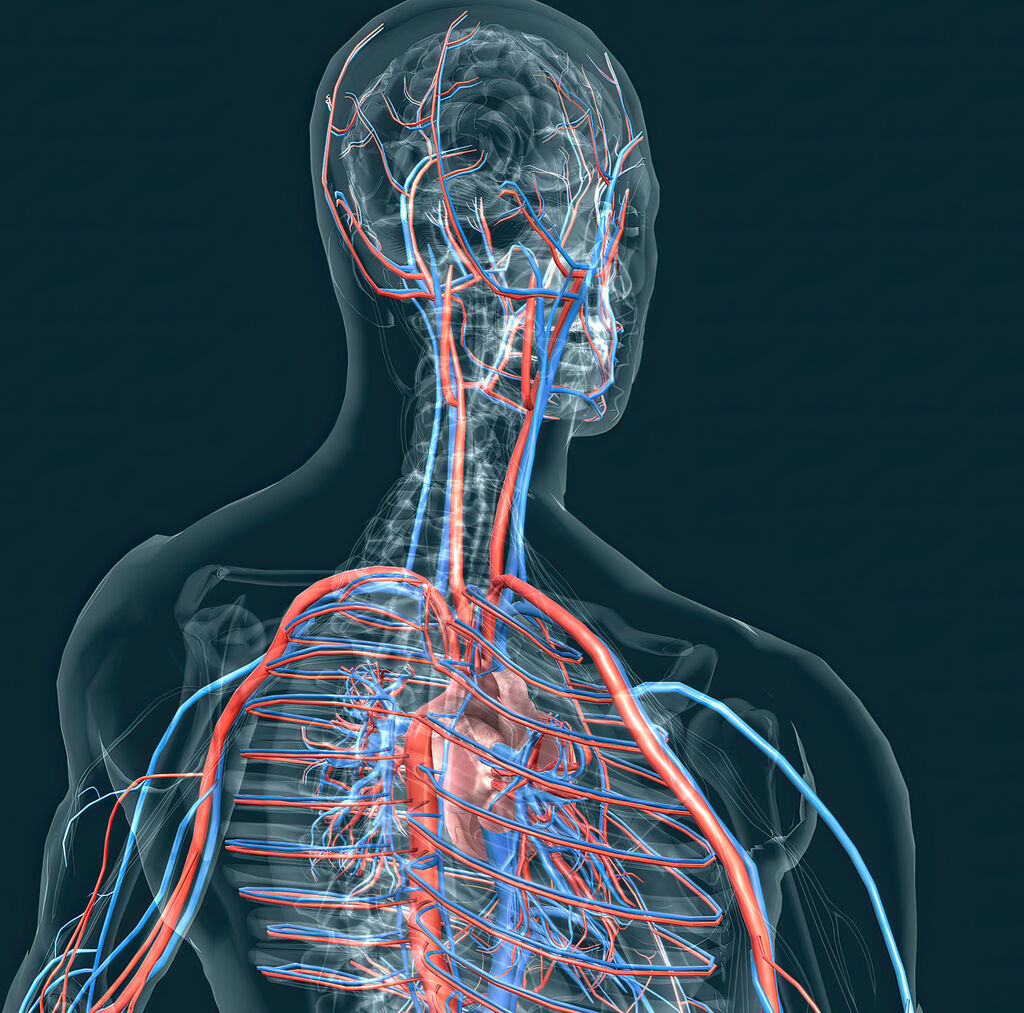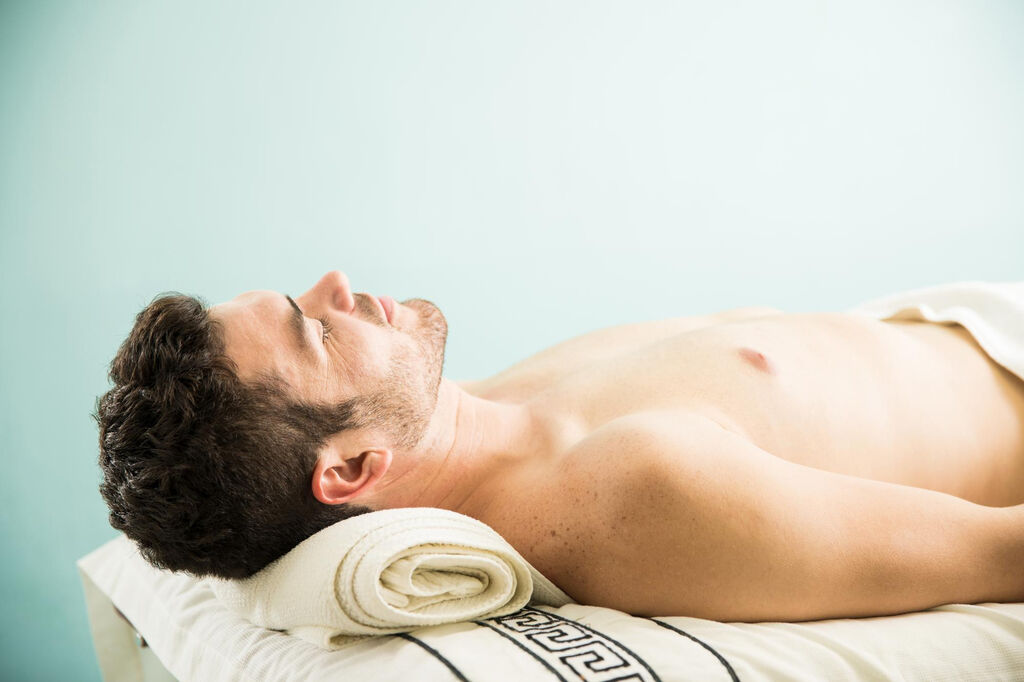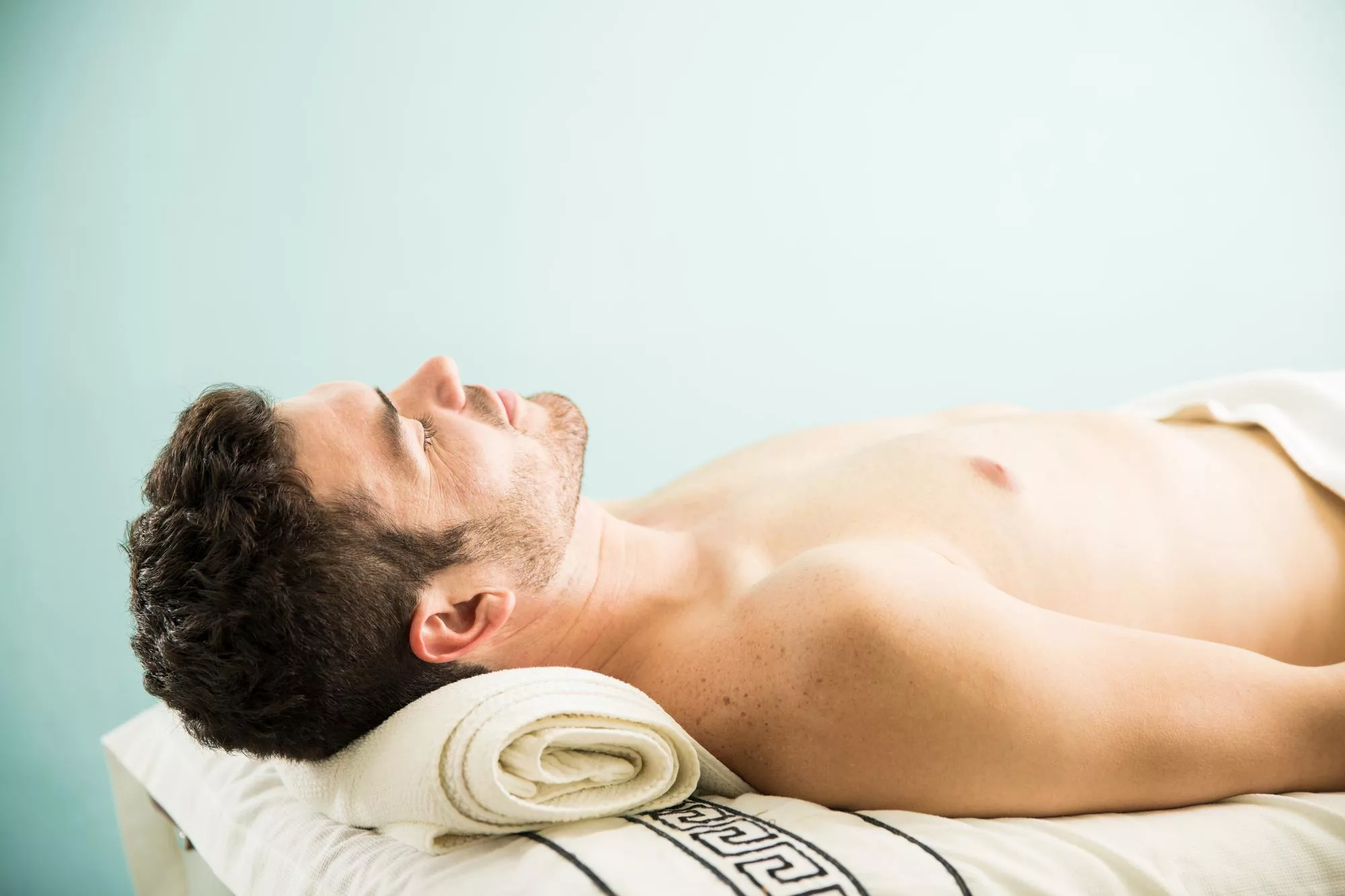Dive into the world of lymphatic drainage massage at Forget Me Knot, understanding its benefits and techniques for overall health and wellbeing.

Understanding Lymphatic Drainage Massage
Drainage massage is a gentle, rhythmic massage technique. It uses light pressure and long, flowing strokes to stimulate the lymphatic system, helping to eliminate waste products and boost your immune system.
Benefits
This type of massage can have numerous health benefits. It can help reduce swelling and improve circulation, making it particularly beneficial for those with lymphoedema. It can also boost your immune system, helping your body fight off infection and speeding up recovery from illness or surgery.
Maintaining Lymphatic Health:
- Stay Hydrated: Drink plenty of fluids.
- Eat Healthily: Consume a diet rich in alkaline foods, vegetables, vitamins, minerals, and healthy fats.
- Stay Active: Engage in daily exercise, both aerobic and anaerobic.
- Avoid Pollutants: Stay away from toxic substances and polluted environments.
- Manage Stress: Use techniques like yoga, meditation, and exercise to promote wellness.
The lymphatic system is constantly working to keep your body in balance. Ensuring its health is vital for overall well-being.
Techniques Used in Lymphatic Drainage Massage
The techniques used in lymphatic drainage massage are designed to stimulate the movement of lymph fluid. They typically involve light, rhythmic strokes following the path of the lymphatic system in the body.
I am trained in these techniques at Forget Me Knot, ensuring a safe and effective massage. I can tailor the massage to your specific needs, focusing on areas where lymphatic congestion is common, such as the armpits, neck, and legs.

For more information on massage and its benefits, you can refer to this comprehensive guide from the Complementary and Natural Healthcare Council.
Remember, this blog post is intended for informational purposes only. It’s not a substitute for professional medical advice, diagnosis, or treatment. Always seek the advice of your healthcare provider with any questions you may have regarding a medical condition.

